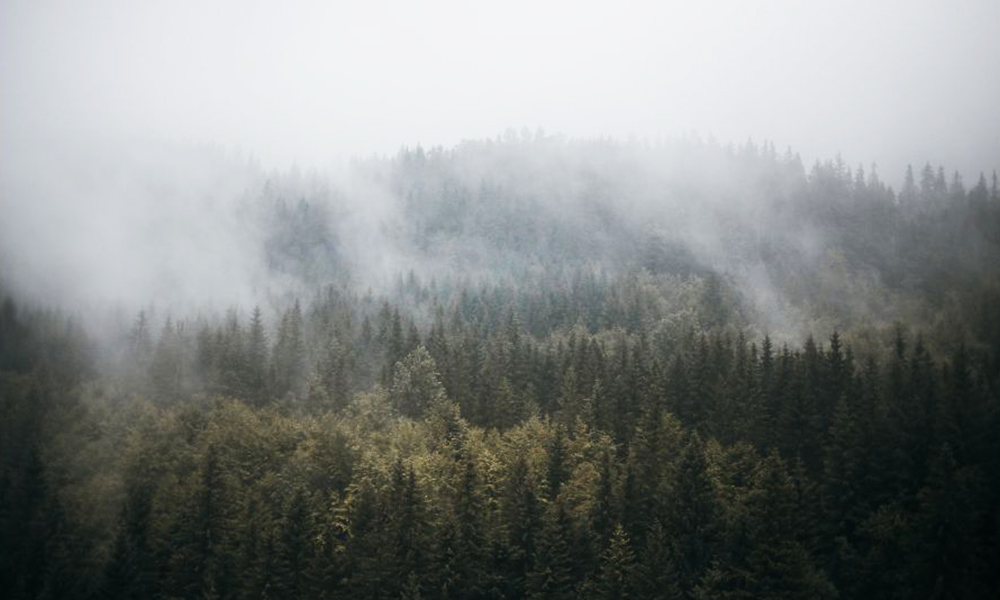Extreme Temperatures
As environmental professionals, we find ourselves in the great outdoors a vast majority of the time. Lineriders can be found around the world in the most extreme environments from -40°F to 104°F (-40°C to 40°C). Some regions vary in temperature by 85°F (30°C) in one day. Many people ask how we deal with such temperatures. Naturally, the people who live in hot areas ask us about the cold, and the people who live in cold areas ask us about the heat.
Heat
In the heat, you simply submit yourself to being soaked in sweat. You must consume enormous quantities of water and frequently visit shaded areas to keep working. If you do, you can work through pretty much anything. Nonetheless, the requirements for PPE can make it very challenging. Gloves, coveralls, boots, hard hats, and safety glasses can make work much more tiresome.
Cold
Conversely, in the winter, you must do whatever you can to prevent yourself from sweating. Sweat is the enemy of the cold. This can be hard to avoid whilst working, but there are ways to combat it. Wearing appropriate moisture-wicking clothing is a must but selecting the proper clothing can be a challenge. Most moisture-wicking clothing is made of synthetic materials, which can be troublesome. Synthetic clothing can cause sparks and is very flammable, which doesn’t conform to flame retardant safety standards. In the event of a flash fire, this clothing can melt to your skin causing severe burns. Thankfully, there is a perfect natural alternative. Wool is a non-flammable, natural product that, even when wet, retains 80% of its heating abilities.
Avoid cotton at all costs. When cotton gets wet, it stays wet and pulls heat away from the body. “Cotton kills” is a well-known saying in backpacking and hiking communities.
Ideally, we will have a place to seek shelter while working in extreme temperatures. This is not always the case. If we are lucky, we have our truck close by, but oftentimes we are working in remote areas, far from anything. When heading down a pipeline or a trail, we must always be prepared, whether that is bringing extra food and water, an ignition source for fire, or all three.
Extreme temperatures are just one aspect of the tough environmental conditions we face. Risk mitigation is something that is discussed at safety meetings and every field-level hazard assessment. Lineriders ensure that every team member is readily prepared for the environmental risk of the day. No matter the temperature, we will complete the job.


